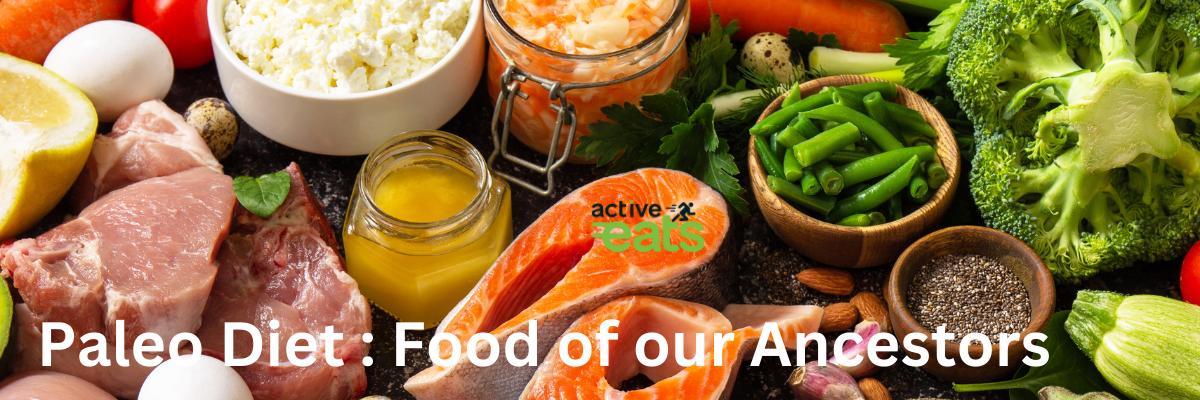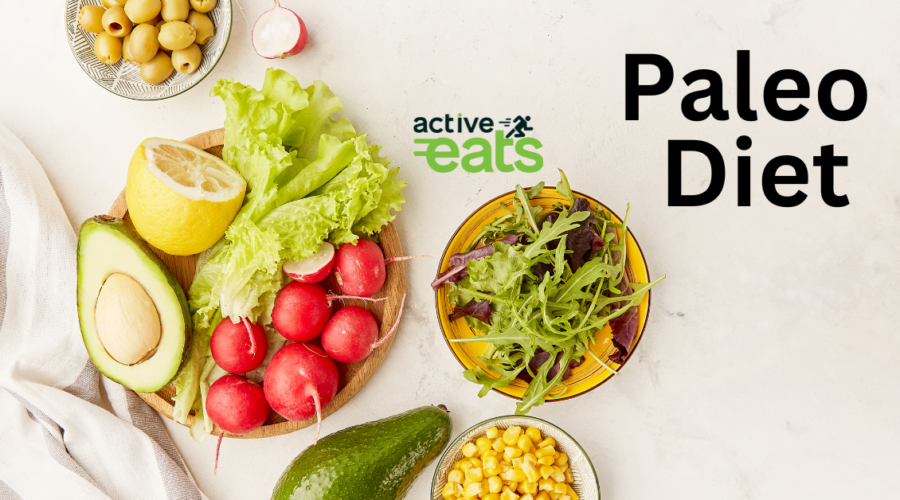Welcome to our blog post on the Paleo Diet!
The Paleo Diet is a dietary plan that focuses on consuming foods that our ancestors ate during the Paleolithic era. By following the Paleo Diet, one can reap several benefits such as weight loss, increased energy levels, improved digestion, and reduced inflammation. The Paleo Diet eliminates processed foods, grains, legumes, and dairy products, and emphasizes the consumption of lean meats, fish, fruits, vegetables, nuts, and seeds.
How Many Calories are in a Paleo Diet: Exploring the Calorie Content
The number of calories in a Paleo Diet can vary depending on the portion sizes and specific foods consumed. Since the focus of the Paleo Diet is on the quality of food choices rather than calorie counting, there is no fixed calorie limit. However, it is important to ensure an appropriate caloric intake to meet individual energy needs.
On average, a Paleo Diet consists of around 2,500 calories per day for men and 2,000 calories per day for women. These numbers can be adjusted based on factors such as age, activity level, and weight goals.
It is worth noting that the Paleo Diet often leads to increased satiety and reduced cravings, which can naturally result in lower overall calorie consumption for many individuals.
Building the Foundation: A Basic Paleo Diet Plan

A basic Paleo Diet plan involves consuming lean meats, fish, fruits, vegetables, nuts, and seeds. It excludes processed foods, grains, legumes, and dairy products. Portion control is crucial in order to maintain a balanced intake of nutrients.
Weighing the Scale: Pros and Cons of the Paleo Diet
The Paleo Diet, like any other dietary plan, has its share of pros and cons. Here’s a closer look at both:
Pros of the Paleo Diet
- Weight loss: The Paleo Diet focuses on whole, unprocessed foods, which can help with weight management.
- Improved blood sugar control: By eliminating processed sugars and refined carbohydrates, the Paleo Diet can help stabilize blood sugar levels.
- Nutrient-dense foods: The emphasis on fruits, vegetables, lean meats, and fish ensures a high intake of vitamins, minerals, and antioxidants.
- Reduced inflammation: Certain foods eliminated in the Paleo Diet, such as grains and processed foods, are known to contribute to inflammation. By avoiding these, individuals may experience reduced inflammation.
Cons of the Paleo Diet
- Potential nutrient deficiencies: Eliminating food groups like grains and dairy may lead to deficiencies in certain nutrients such as calcium and vitamin D.
- Limited food choices: The Paleo Diet restricts several food groups, making it challenging for some individuals to follow, especially if they have specific dietary preferences or restrictions.
- Meal planning: Due to the exclusion of certain foods, meal planning becomes crucial to ensure a balanced diet and adequate nutrient intake.
It is important to note that the Paleo Diet may not be suitable for everyone. Consulting with a healthcare professional before starting any new diet, especially if you have specific health conditions, is recommended.
Getting Started: A Beginner’s Guide to the Paleo Diet
For beginners, it is recommended to gradually transition into the Paleo Diet by eliminating processed foods and increasing the consumption of whole foods.
Here are some tips to help you get started:
- Eliminate Processed Foods: Start by removing processed foods from your diet, such as sugary snacks, refined grains, and packaged meals.
- Emphasize Whole Foods: Focus on consuming whole foods such as lean meats, fish, fruits, vegetables, nuts, and seeds. These should make up the majority of your diet.
- Plan Your Meals: Meal prepping and planning can be helpful in ensuring that you have nutritious and Paleo-friendly meals readily available throughout the week. This will help you stay on track and avoid reaching for unhealthy options.
- Listen to Your Body: Pay attention to how your body responds to the diet. If you feel like you need more or less of certain foods, make adjustments accordingly. Everyone is different, so it’s important to find what works best for you.
- Stay Consistent: Consistency is key when following any diet. Stick to the Paleo Diet plan and give your body time to adjust. Results may not be immediate, but with consistency, you can experience the benefits.
Remember, it’s always a good idea to consult with a healthcare professional before starting any new diet, especially if you have specific health conditions.
Conclusion
The Paleo Diet offers numerous benefits, including weight loss, increased energy levels, improved digestion, and reduced inflammation. By focusing on consuming whole foods and eliminating processed foods, grains, legumes, and dairy products, individuals can improve their overall health and well-being. It is important to note, however, that the Paleo Diet may not be suitable for everyone, and it is crucial to consult with a healthcare professional before starting any new diet. Additionally, beginners should gradually transition into the Paleo Diet and listen to their bodies to make necessary adjustments. With proper planning and commitment, the Paleo Diet can be a sustainable and effective approach to healthy eating.




Keto Diet - coachactiveeats.com
[…] Paleo Diet […]